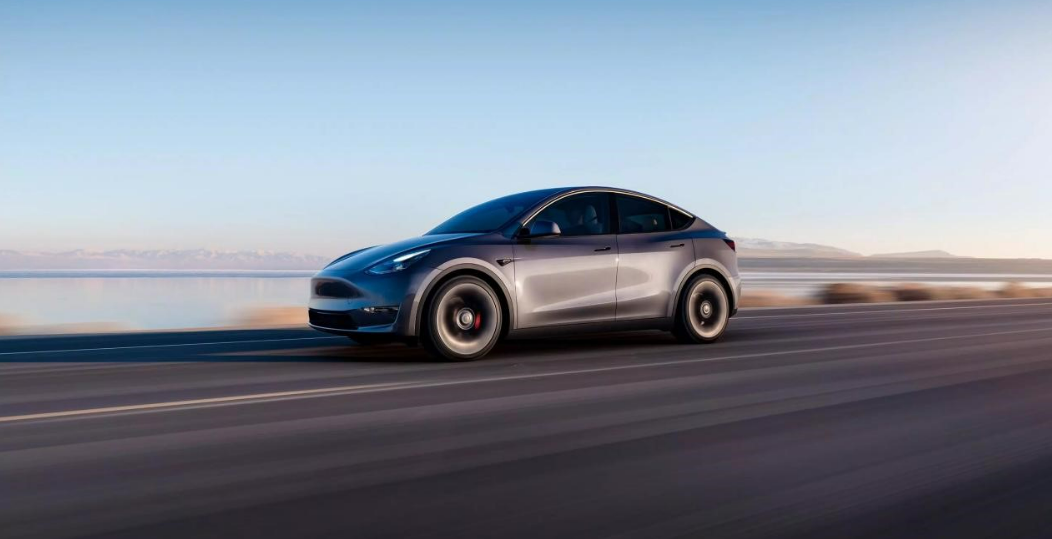Author: 大眼
On January 26, 2023, Tesla announced its financial results for the fourth quarter and full year of 2022.
Overall, Tesla delivered a total of 1.31 million vehicles globally in 2022, representing a 40% increase over 2021. In terms of financial data, Tesla’s revenue reached $24.3 billion in the fourth quarter of 2022 and exceeded $80 billion for the whole year, reaching $81.462 billion.

In terms of profitability, Tesla’s net income attributable to common shareholders in the fourth quarter of 2022 was $3.687 billion, representing a year-on-year increase of 58.85%. The net income attributable to common shareholders for the whole year increased by 127.15% to $12.548 billion.
Despite a significant decline in Tesla’s stock price and market value, which lost $700 billion at one point in 2022, the company’s profitability remains in a rapid upward trajectory.
Rapid Release of Production Capacity
In 2022, as the two super factories in Berlin and Austin, Texas began mass production, Tesla’s previous production capacity shortage problem began to ease. According to Tesla’s financial report for 2023, it is estimated that the company’s delivery volume will reach 1.8 million vehicles, a 37% year-on-year increase. However, this growth rate is lower than the 40.3% increase in 2022.
However, Musk arrogantly stated that if there were no external interference, Tesla’s delivery volume could reach 2 million vehicles in 2023.

In Tesla’s production blueprint, the Shanghai super factory still occupies an important position. In 2022, the Shanghai super factory delivered a total of 710,000 vehicles, accounting for half of Tesla’s global deliveries. The delivery volume of only one model, the Model Y, exceeded 450,000 units.Apart from the US market, the Shanghai Gigafactory shoulders the responsibility of supporting Tesla’s global market. However, with Tesla’s official announcement of investment in Nevada, it is unlikely that Tesla will expand its production in China in the short term. It should also be difficult for the Shanghai factory to increase its production capacity through internal optimization.
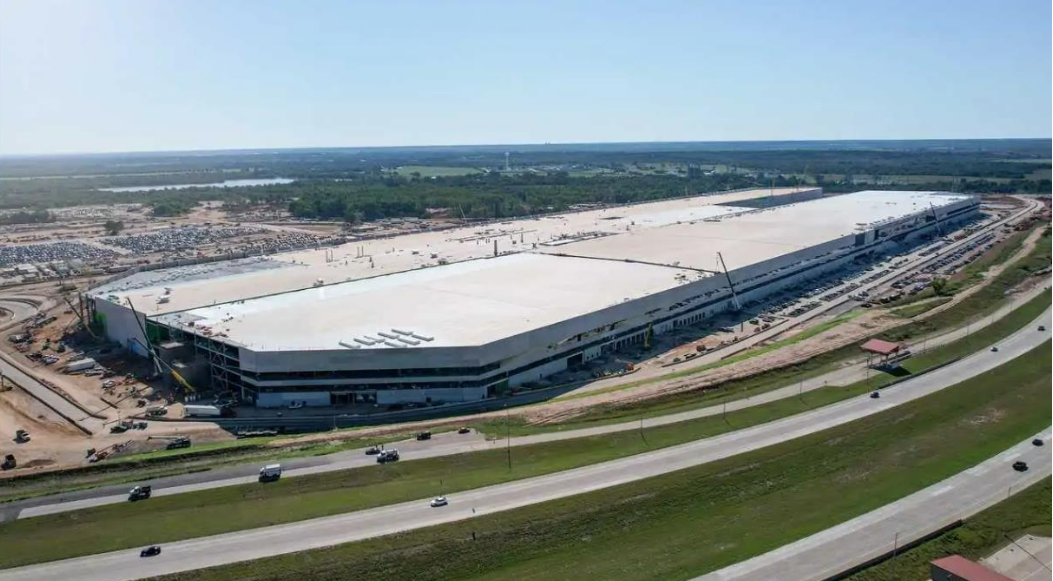
As two new factories that Tesla put into operation last year, Gigafactory Berlin and Texas Gigafactory are also rapidly increasing their production capacity. The weekly output of 4680 batteries in the Austin Gigafactory is enough to produce more than 1,000 battery packs, and the production of Tesla Semi began in the fourth quarter and has been delivered to PepsiCo. The weekly output of Model Y in the Berlin Gigafactory has exceeded 3,000 vehicles. There is also plenty of room for further releases of production capacity in the future.

Meanwhile, Tesla is also planning to invest $3.6 billion in two new factories in Nevada for the production of the entire vehicle of Semi electric heavy trucks and the batteries for 2 million electric cars per year, respectively.
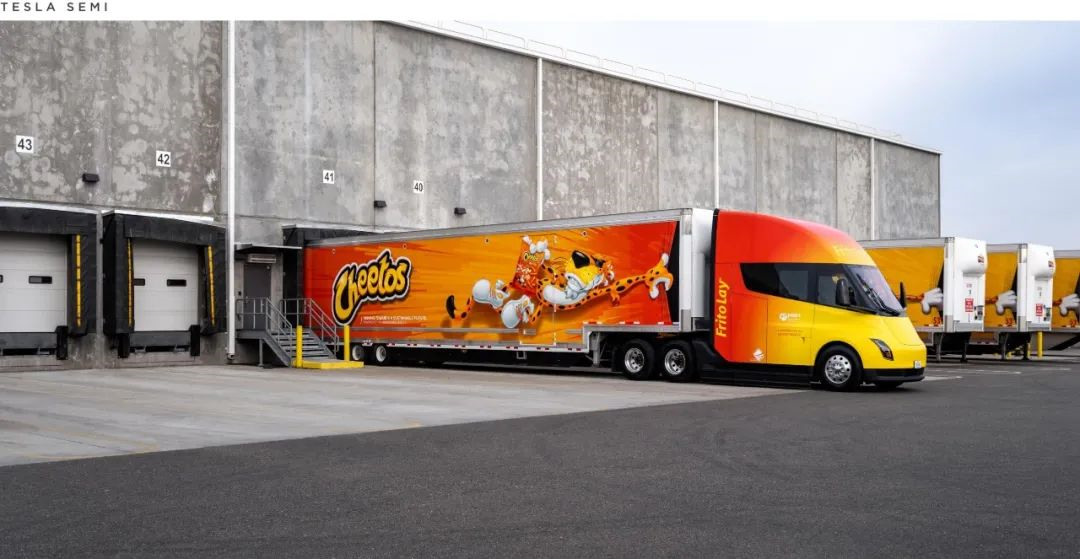
The gross margin has always been a key financial indicator of concern to all parties in Tesla’s disclosed financial report. From October 2022 to January 2023, Tesla reduced prices substantially twice in less than three months, and the prices of all Tesla models produced in China hit a new historical low. Among them, the rear-wheel drive version of Tesla Model 3 was reduced to 229,900 yuan, and the rear-wheel drive version of Model Y was reduced to 259,900 yuan. Compared with its competitors, Tesla’s higher gross margin is its biggest capital for price cuts.The effect of price reduction seems to be immediate. According to Musk, Tesla’s demand has increased significantly. In January alone, the order volume was already more than twice the production capacity. In terms of stock price, Tesla’s stock has risen 40% since the announcement of a large price cut in the Chinese market on January 6th. The question now is, how much more can Tesla reduce its price in the future?
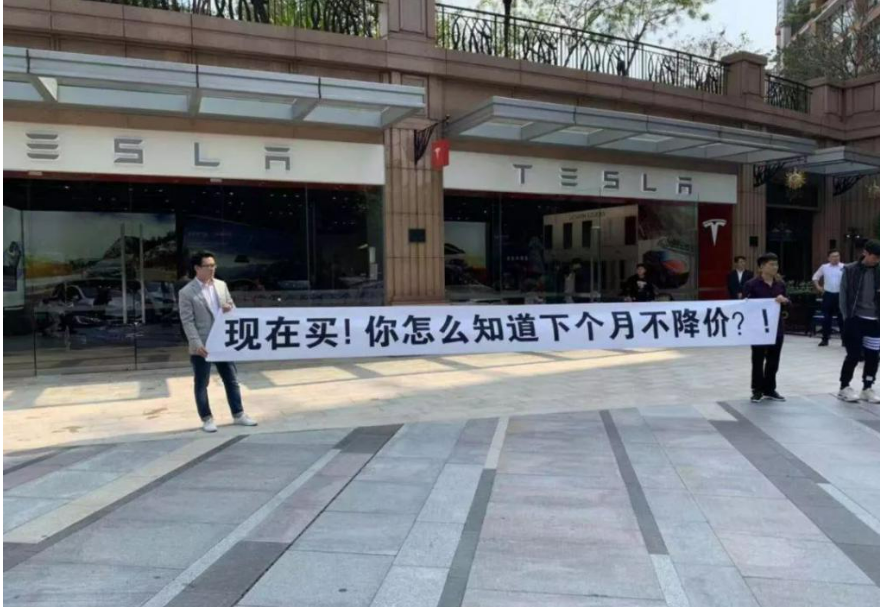
According to Tesla’s financial report, due to continuous price cuts, its gross profit margin for automobiles in the fourth quarter of 2022 has reduced to 25.9%, a decrease of nearly 5 percentage points compared to the same period last year, and the gross profit margin for automobiles has also dropped to 28.5%. Although Tesla’s gross profit margin is still higher than many domestic new forces, the continuously declining gross profit margin seems to be indicating that the space for Tesla to reduce its price is rapidly decreasing.

Setting aside relative values such as gross profit margin, let’s look at Tesla’s absolute values. The financial report shows that Tesla’s net profit per vehicle in the fourth quarter is still as high as $ 9,000, which is 7 times the single-vehicle profit of Toyota in the third quarter. In terms of absolute data, Tesla still has a considerable amount of space for price reduction, although this data has noticeably decreased compared to the $ 9,700 in the third quarter of 2022. In 2023, Tesla’s gross profit margin is likely to remain above 20%, and the average selling price of a complete vehicle will also be higher than $ 47,000. Therefore, in 2023, as long as Tesla is willing, there will still be a space of 20,000 to 30,000 for price reduction.
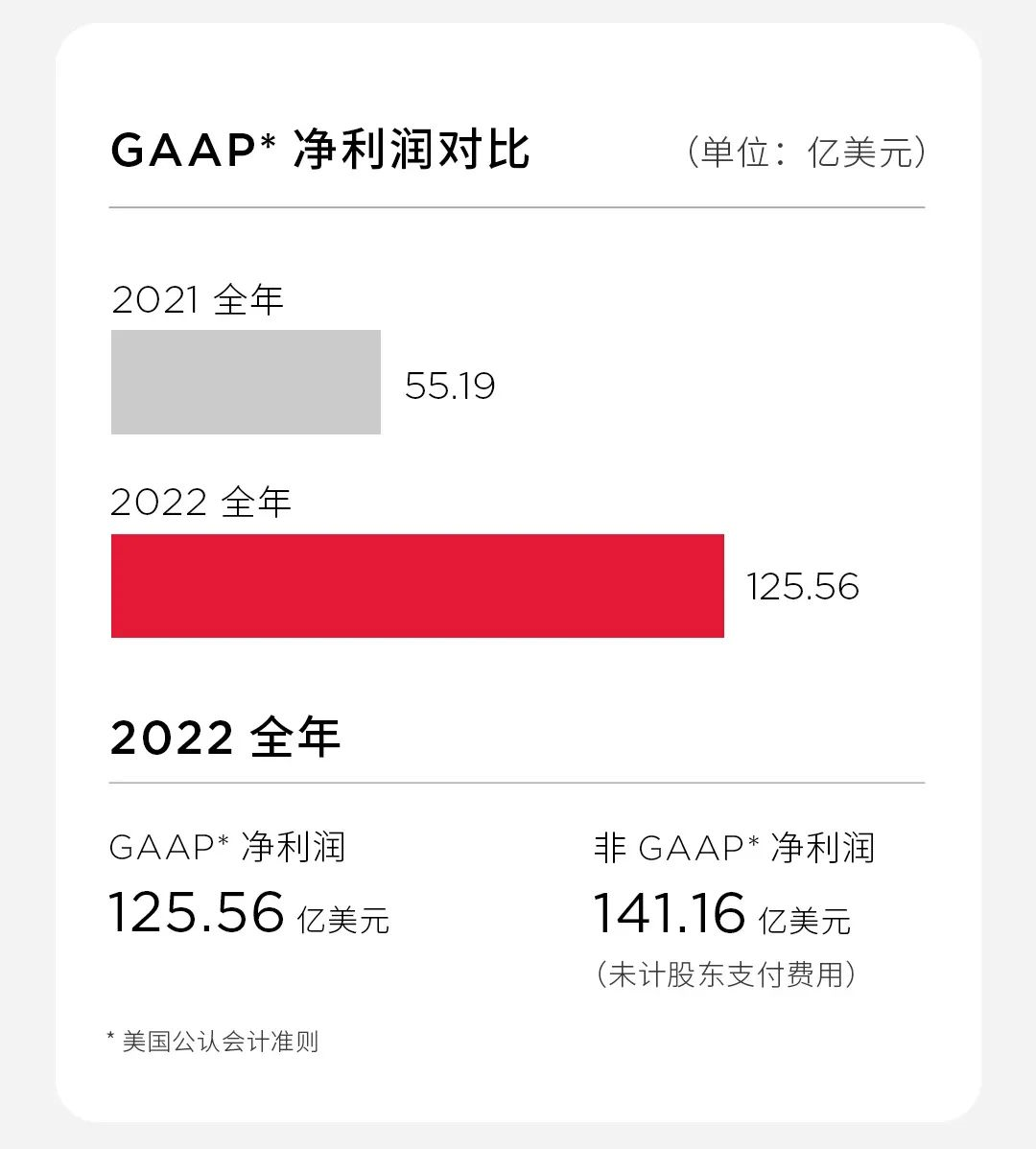
However, we would like to say that although this round of Tesla’s price reduction has once again triggered a wave of buying frenzy, frequent price adjustments in a short period of time like now will inevitably affect customers’ decisions to purchase Tesla.## A New Revenue Pillar is Rapidly Emerging
In recent years, as electric vehicles of other carmakers are gradually being adopted worldwide, although Tesla can still generate revenue through selling carbon credits, the future of this business is not very promising. Compared to vehicle sales, there is actually a business segment with a gross margin as high as 90% – software services.
In the era of software-defined cars, even if the gross margin of future vehicle sales further declines, Tesla’s software segment will become a new revenue pillar, with FSD undoubtedly being the star product among many software services.

In 2022, there are two major updates for Tesla’s self-driving software FSD: an increase in price to $15,000 and the rollout of the FSD Best version to all FSD owners in North America.
In the era of software-defined cars, Tesla’s software revenue is growing rapidly. According to Tesla’s financial report, FSD generated $324 million in revenue in the fourth quarter, and the company’s deferred revenue on the balance sheet is as high as $1.7 billion, with $1 billion of it being associated with FSD. In terms of in-car entertainment, Tesla has updated its software to include Zoom meetings and Apple Music.

As for Tesla’s subscription for seat heating in China which caused a stir before, consumers will get used to accepting this new consumption mode in the long run as their consumption habits develop.
In addition to software services, Tesla’s energy storage business is growing much faster than vehicle sales. In the fourth quarter of 2022, Tesla’s energy storage deployment grew by 152% YoY, reaching 2.5GWh; The total installed capacity in 2022 was 6.5GWh, a YoY growth of 64%. Tesla’s solar deployment increased by 18% YoY to 100MW in Q4 of 2022, and the total solar deployment for the year reached 348MW, the highest level since 2017.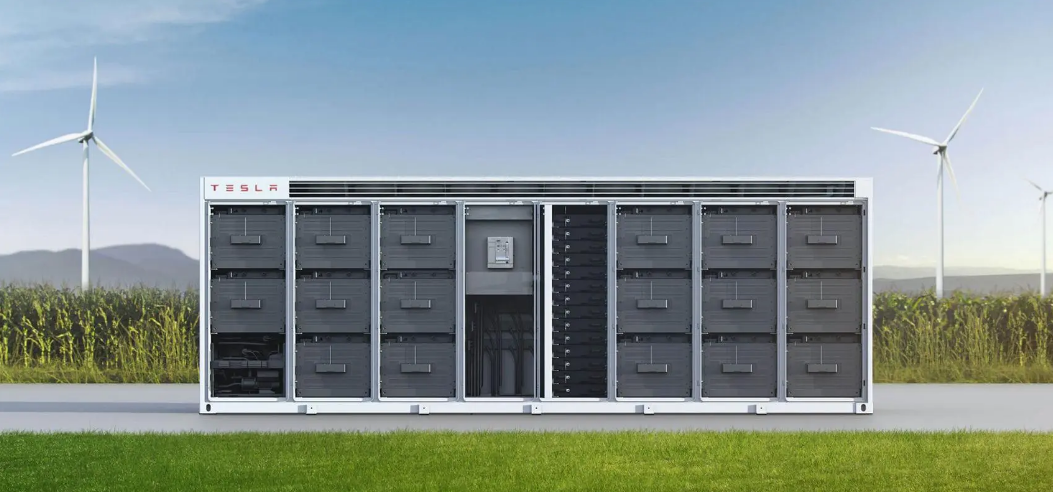
In addition, with the increase of Tesla’s ownership, its revenue from used car transactions, parts sales, and paid supercharging is also rapidly growing, becoming a new source of profit for Tesla.
Final Thoughts
For Tesla, the financial report communication conference is not all good news. Generally speaking, using price reductions to stimulate terminal sales is not a sustainable development model. Behind the continuous price reductions is the fact that Tesla’s current models are old and its competitiveness is declining in the face of increasingly fierce market competition.
In the past three years, Tesla has not launched any new models on the market. At this financial report conference, Musk did not disclose any news about new models, and the production time of Cybertruck was postponed until 2024.
We want to say that no matter what kind of business pillar Tesla can find, building competitive models is the foundation on which it can stand. Only based on competitive models can other businesses grow quickly, which is the hurdle that Tesla cannot circumvent. Building competitive models includes not only autonomous driving, but also styling, power, and other configurations.
This article is a translation by ChatGPT of a Chinese report from 42HOW. If you have any questions about it, please email bd@42how.com.
